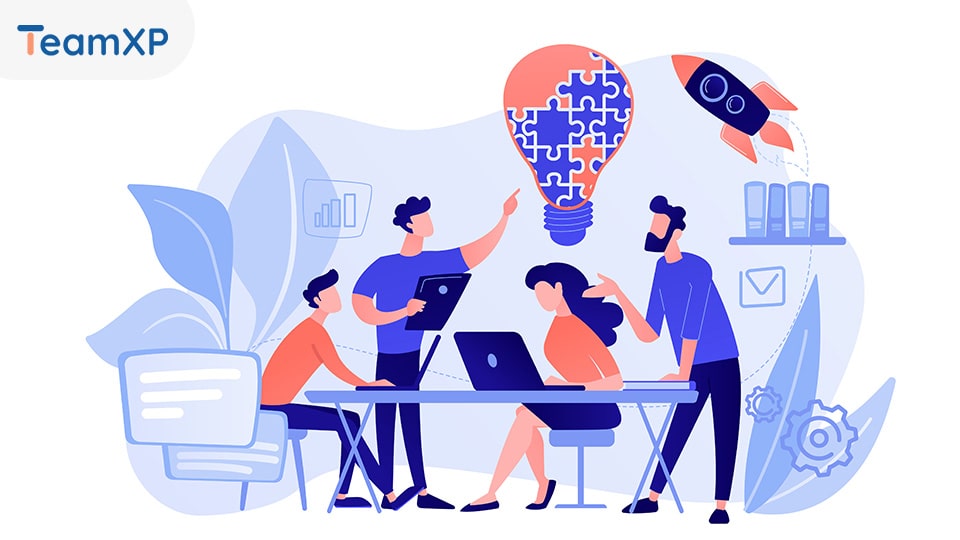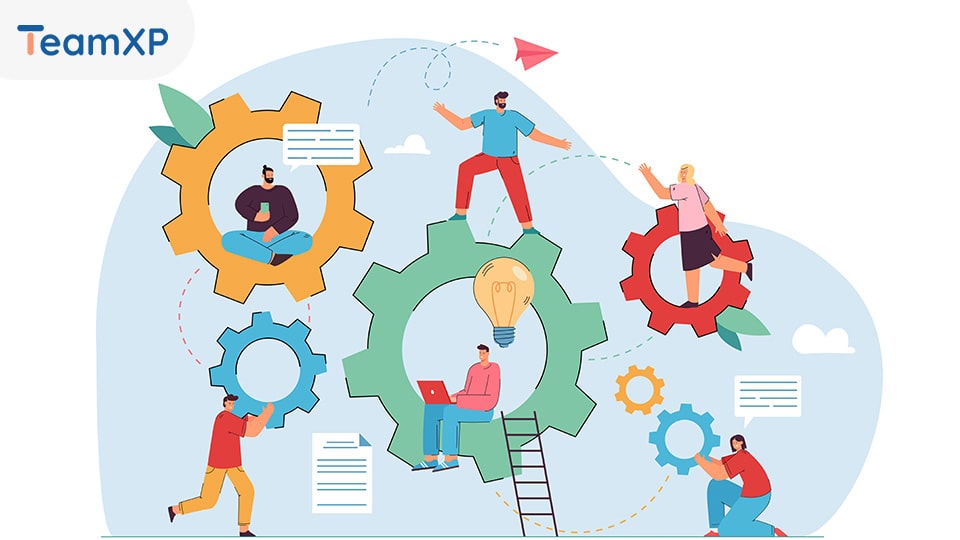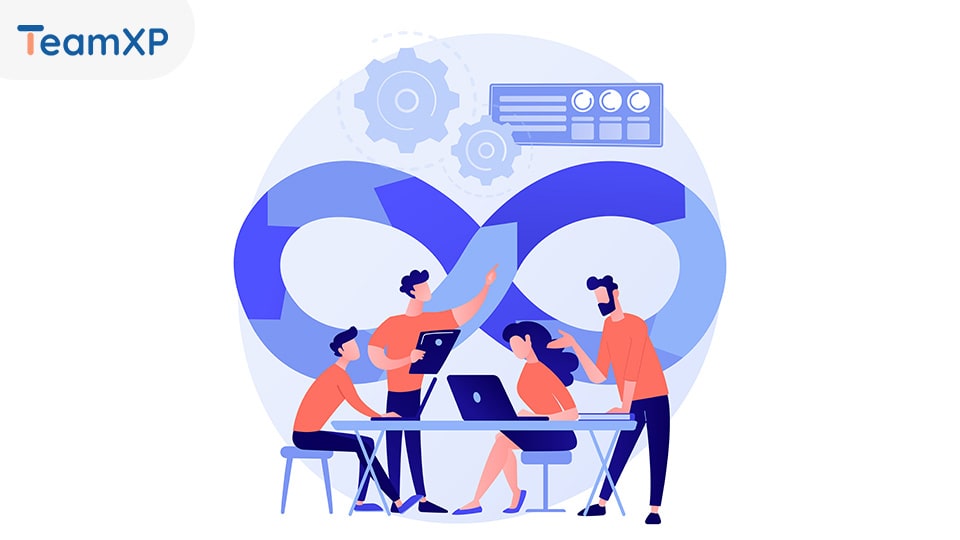Effective communication is a critical factor in achieving employee alignment in the workplace. When communication channels are clear, open, and consistent, employees are more likely to understand the organization’s goals, values, and expectations. This understanding leads to stronger alignment, increased engagement, and improved overall performance. Here are some effective communication techniques that can foster employee alignment:
Clear and Transparent Messaging
- Communicate information in a clear and concise manner, avoiding jargon or ambiguous language.
- Ensure that the message is easily understandable and aligns with the organization’s goals and values.
- Be transparent in sharing information about company updates, changes, challenges, and successes.
Regular and Timely Communication
- Establish a regular cadence of communication to keep employees informed and engaged.
- Share important updates, company news, and relevant information in a timely manner.
- Use various communication channels, such as team meetings, newsletters, emails, and intranet, to reach employees effectively.
Two-Way Communication
- Encourage open and two-way communication channels to foster employee engagement and alignment.
- Provide opportunities for employees to share their thoughts, ideas, concerns, and feedback.
- Actively listen to employee perspectives and incorporate their feedback into decision-making processes.
Face-to-Face Communication
- When possible, opt for face-to-face communication methods, such as in-person meetings or video conferences.
- Face-to-face interactions allow for non-verbal cues and build stronger connections among employees.
- Use these opportunities to convey important messages, discuss goals, and address questions or concerns.
Use Visual Aids
- Utilize visual aids, such as charts, graphs, infographics, or presentations, to enhance communication.
- Visuals can simplify complex information, improve understanding, and aid in employee alignment.
- Visual aids can be particularly helpful when conveying key performance metrics or strategic initiatives.
Tailor Communication to Different Audiences
- Recognize that different employee groups may have varying communication needs.
- Adapt your communication style and content to suit different audiences, departments, or levels within the organization.
- Customize messages to address specific concerns or goals that resonate with each group.
Consistent Message Reinforcement
- Consistency is key in ensuring alignment. Reiterate key messages across various communication channels.
- Consistently emphasize the organization’s goals, values, and expectations to reinforce alignment.
- Align the messaging with the organization’s mission and vision, consistently connecting employees to the bigger picture.
Use Storytelling Techniques
- Use storytelling techniques to convey important messages and values.
- Stories can make messages more relatable, memorable, and engaging for employees.
- Share success stories, examples of alignment, and instances where values were demonstrated to inspire and reinforce alignment.
Provide Context and Meaning
- When communicating goals or tasks, provide context and explain how they contribute to the organization’s objectives.
- Help employees understand the purpose and significance of their work in relation to the bigger picture.
- Highlight the impact of their efforts on customers, stakeholders, and the organization as a whole.
Embrace Digital Communication Tools
- Leverage digital communication tools, such as instant messaging platforms or project management software, to foster collaboration and alignment.
- These tools enable real-time communication, facilitate knowledge sharing, and enhance teamwork.
- Ensure that employees are familiar with the tools and use them effectively.
Feedback and Recognition
- Provide regular feedback to employees to keep them aligned with expectations and goals.
- Recognize and acknowledge employee achievements and contributions.
- Feedback and recognition demonstrate that their efforts are valued, reinforcing alignment and motivation.
Continuous Improvement
- Seek feedback from employees on communication effectiveness and make adjustments accordingly.
- Continuously refine and improve communication strategies to meet the evolving needs of the workforce.
- Encourage suggestions for improvement and create a culture of ongoing learning and growth.
In conclusion, effective communication techniques are vital for achieving employee alignment in the workplace. By utilizing clear and transparent messaging, regular and timely communication, two-way communication channels, and face-to-face interactions, organizations can foster employee engagement and alignment. Visual aids, tailored messaging, storytelling techniques, and consistent message reinforcement further enhance communication effectiveness. Providing context and meaning, embracing digital communication tools, and incorporating feedback and recognition contribute to a culture of alignment and continuous improvement. When communication is prioritized and executed effectively, organizations can drive employee alignment, leading to increased productivity, satisfaction, and success.





